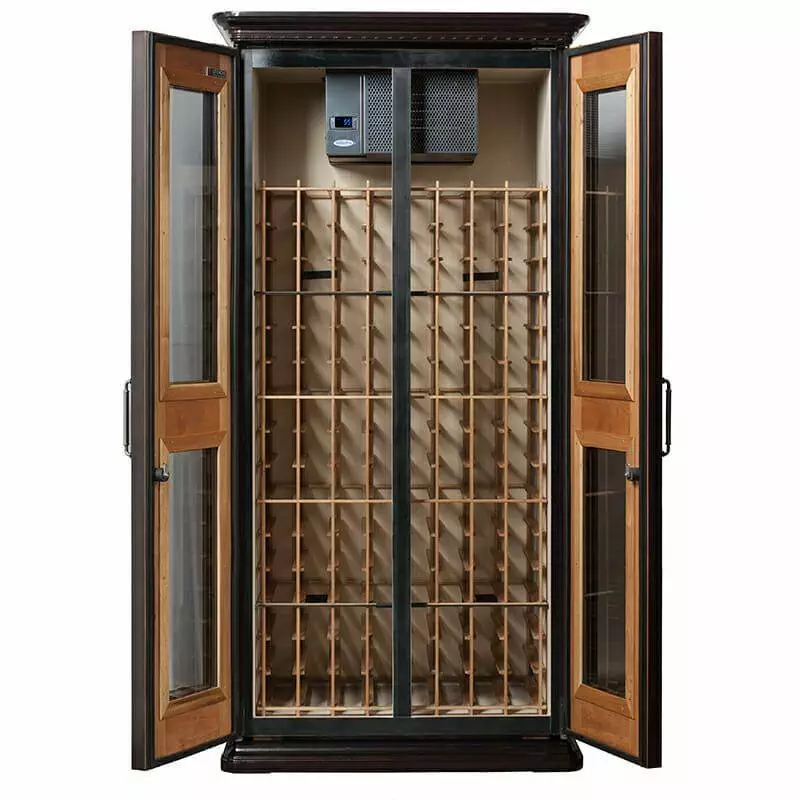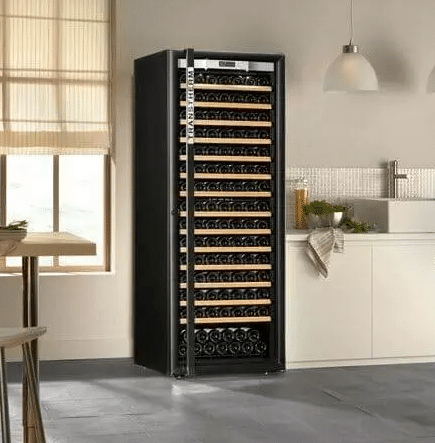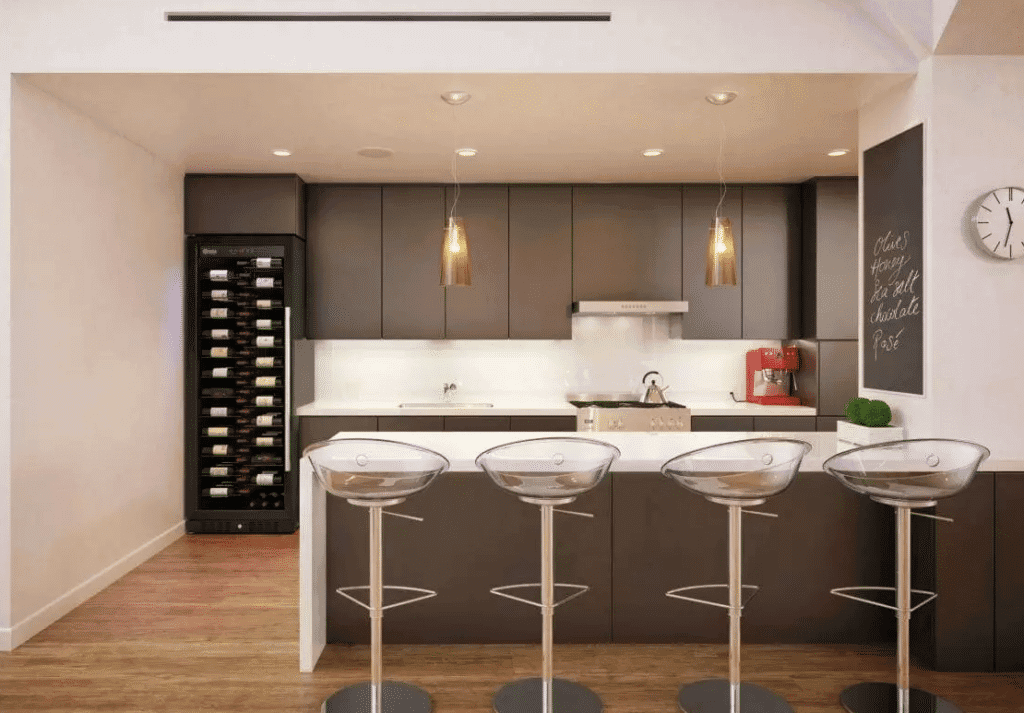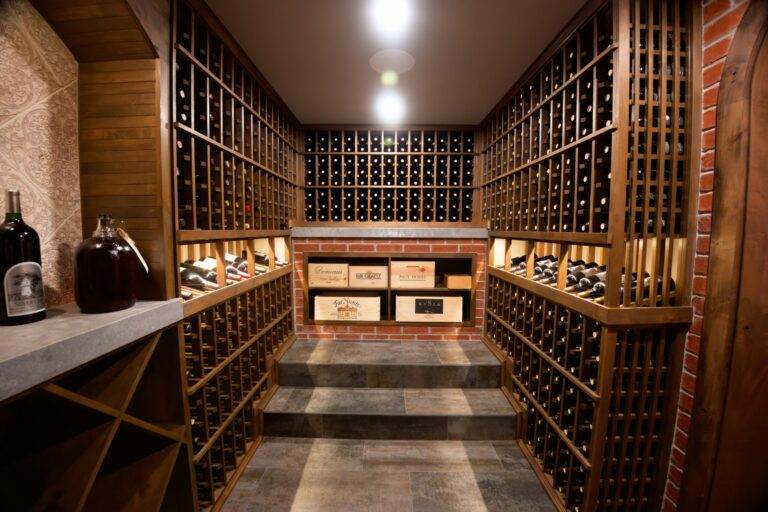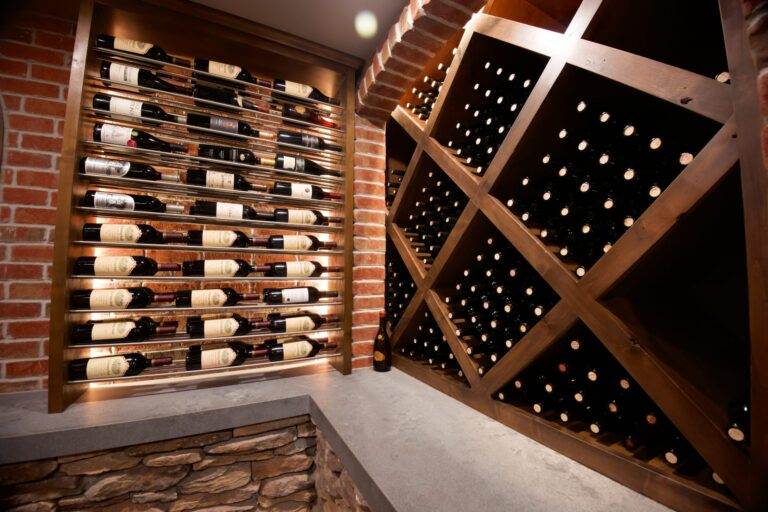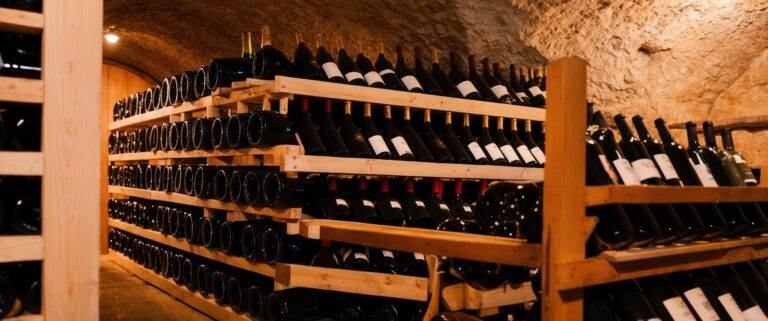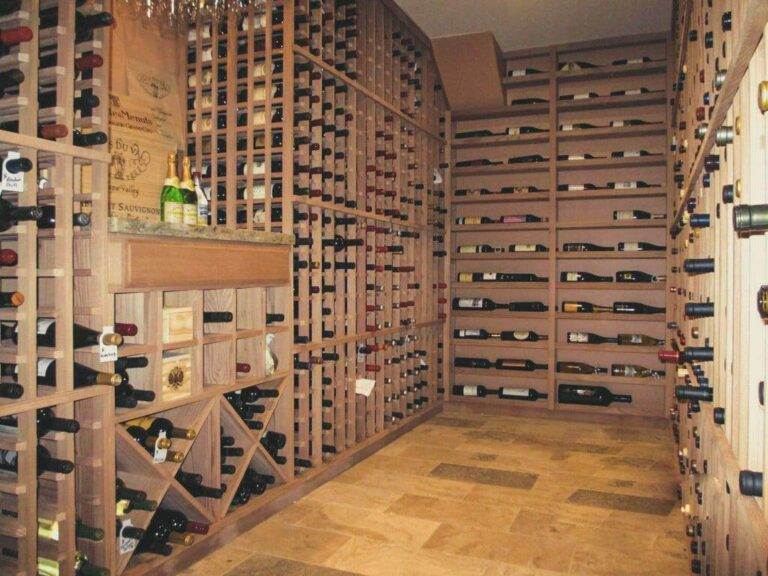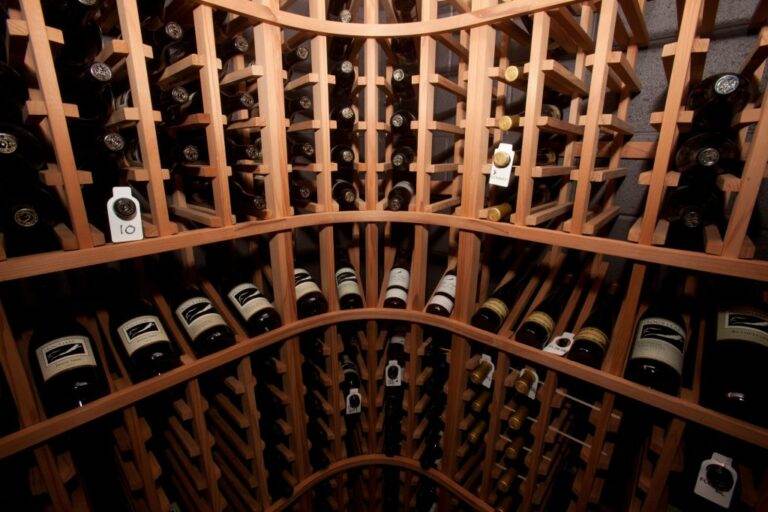Introduction
Brief Overview of Wine Refrigeration
Wine refrigeration has become an essential component of wine preservation and storage for both casual enthusiasts and serious collectors. The right environment significantly impacts the quality and taste of wine. Improper storage can result in an unpalatable experience, with temperatures fluctuating too much or humidity levels being inadequate. This leads us to the world of wine refrigerators, which are specifically designed to provide the ideal climate for storing wines over time.
Why Wine Refrigeration Matters
When it comes to wine, maintaining the right temperature and humidity is crucial. Here’s why proper wine refrigeration benefits both the wine and the consumer:
- Temperature stability: Wine should ideally be stored at a consistent temperature, typically around 50 to 55 degrees Fahrenheit (10 to 13 degrees Celsius). Fluctuations can age the wine prematurely or alter its flavor profile.
- Humidity control: A humidity level of about 60% helps keep corks moist, preventing them from drying out and allowing air to enter the bottle, which can spoil the wine.
- UV protection: Wine needs protection from harmful ultraviolet (UV) light, which can degrade quality. Wine refrigerators often come with UV-filtering glass to shield against these rays.
Types of Wine Refrigerators
As wine refrigeration technology has evolved, so have the options available for consumers. The two main types are built-in and stand-alone wine refrigerators, each catering to different needs and preferences.
Built-in wine refrigerators are designed to integrate seamlessly into kitchen cabinetry or bar setups. They save space and provide a sleek, professional appearance.
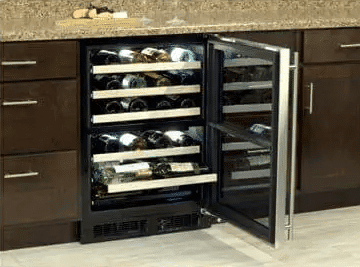
Stand-alone wine refrigerators, on the other hand, can be placed wherever there is sufficient room. They offer flexibility in terms of placement but might take up more space than a built-in solution.
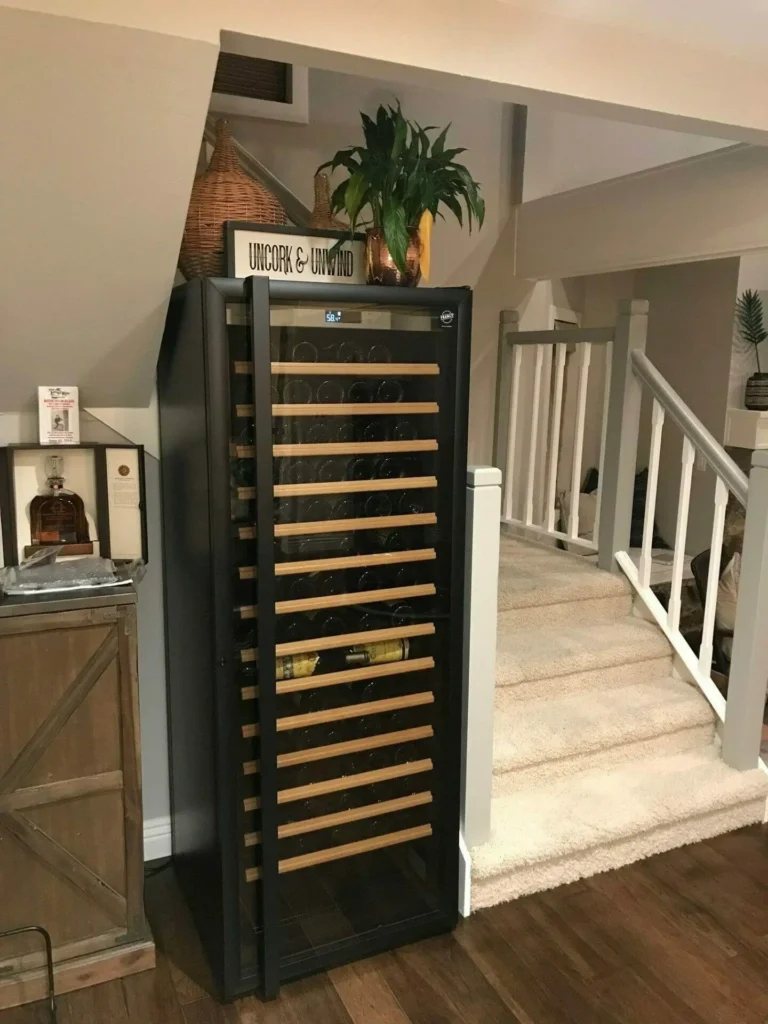
Features of Wine Refrigerators
When selecting a wine refrigerator, consumers should consider various features that can enhance the storage experience. Below is a list of important features to look for:
- Adjustable shelves: This feature allows users to accommodate various bottle shapes and sizes.
- Dual-zone temperature controls: Ideal for those who store multiple types of wines (red, white, sparkling) requiring different temperatures.
- Digital displays: Easily monitor the internal temperature and humidity levels with intuitive digital readouts.
In an age where wine appreciation is continually growing, understanding wine refrigeration is key to ensuring that your prized selections remain in pristine condition. Whether hosting a dinner party or simply enjoying a glass after a long day, the right storage solution can elevate your wine experience, allowing you to savor every sip. The next sections will delve into the pros and cons of built-in verses stand-alone wine refrigeration, guiding you in making the best choice for your wine collection.
Pros and Cons of Built-In Wine Refrigeration
Built-in wine refrigeration units offer unique features and benefits that cater to many wine enthusiasts. Understanding these advantages and limitations can help you determine if a built-in unit aligns with your needs.
Space Efficiency
When it comes to maximizing kitchen or entertaining space, built-in wine refrigerators shine as a practical solution. Their design allows them to blend seamlessly with existing cabinets and kitchen appliances, creating an integrated look that is both chic and functional.
Key Benefits of Space Efficiency:
- Optimized Storage: Built-in wine refrigerators maximize storage without taking up unnecessary floor space. They typically fit snugly under counters or in designated cabinetry, which is especially beneficial in smaller homes or apartments.
- Enhanced Design: These units often come with stylish front panels, lighting, and finishes that enhance the overall aesthetic of your kitchen or bar area. The sleek integration allows for a more polished look, raising the design level of your space.
- Accessibility: With a built-in model, wine is easily accessible during dinner parties or gatherings. No need to open a separate storage room; your preferred bottles are just a reach away.

Considerations to Keep in Mind:
- Custom-fit Requirements: Built-in units may require specific cabinetry to install properly, which can limit placement options in certain kitchen designs.
- Less Flexibility: If you decide to rearrange your kitchen layout, a built-in unit is less mobile compared to a stand-alone wine refrigerator.
Installation Options
Installation is another critical aspect to consider. The installation of built-in wine refrigerators can vary significantly based on your kitchen configuration and user preferences.
Types of Installation Options:
- Under-Counter Installation: This is the most common option for built-in wine refrigerators. Ideal for homes with kitchens designed for efficiency, under-counter models fit perfectly beneath countertops, providing an unobtrusive storage solution.
- Integrated Cabinetry: Some homeowners opt for fully integrated units that are concealed behind cabinetry doors, giving an even more streamlined appearance. This option allows for customized facades to match kitchen cabinets.
- Wine Bar Integration: Many choose to install a built-in wine fridge in a home bar area, creating a dedicated space for wine storage and entertaining. This location can be optimized with additional shelving and glassware storage.
Installation Considerations:
- Professional Installation: Depending on the complexity of the cabinetry and space available, professional installation may be required to ensure a perfect fit and aesthetic.
- Ventilation Needs: Built-in units generally require proper ventilation. When planning your installation, make sure that there is adequate airflow around the unit to maintain optimal performance.
To sum it up, built-in wine refrigeration offers an attractive and efficient solution for wine storage, making it an excellent choice for those looking to optimize their kitchen space. While design and space efficiency are clear benefits, potential limitations such as mobility and installation complexity must also be considered. The next section will further compare these built-in units to their stand-alone counterparts, evaluating how they stack up in various contexts.
Pros and Cons of Stand-Alone Wine Refrigeration
As wine enthusiasts explore their storage options, stand-alone wine refrigerators continuously emerge as a go-to choice. They provide unique advantages that cater to a variety of needs and preferences, particularly in cost and placement flexibility.
Cost Considerations
When evaluating wine refrigeration options, cost invariably plays a significant role in decision-making. Stand-alone wine refrigerators can accommodate a range of budgets, making them accessible to a broader audience.
Key Financial Aspects to Consider:
- Initial Purchase Costs: Stand-alone units typically have a lower initial price compared to built-in wine refrigerators. Depending on the brand, features, and capacity, you can find a great stand-alone option without breaking the bank.
- Variety of Choices: The diverse array of available models means you can choose from budget-friendly to high-end options based on your wine storage needs. From compact units suitable for a few bottles to larger refrigerators designed for extensive collections, there is something for every budget.
- Lifespan and Maintenance Costs: Stand-alone models are generally easier to repair and maintain, which may lead to lower costs down the line. Should an issue arise, you might find replacement parts and service more readily available.
Keeping Value in Mind:
- While these units may save you money initially, consider longevity and the potential costs of operating over time. Assessing energy efficiency and warranty terms can also help gauge the overall value of your investment.
Flexibility in Placement
One of the standout features of stand-alone wine refrigerators is their flexibility in placement. Unlike built-in models that require specific cabinetry and installation, stand-alone units can be positioned wherever it suits your lifestyle.
Advantages of Placement Flexibility:
- Convenient Locations: Stand-alone wine refrigerators can be placed in various areas, such as kitchens, dining rooms, home bars, or even garages. This adaptability makes it a suitable choice for those with unique space configurations.
- Easy to Move: If life circumstances change—a home remodel, a move, or simply a desire to rearrange furniture—stand-alone units are portable. Their mobility allows users to effortlessly adjust their setup.
- Customized Wine Corner: Consumers can create personalized wine storage areas with their stand-alone unit instead of confining it to a predefined space. This is particularly appealing for wine enthusiasts who love showcasing their collection.
Potential Limitations:
- Space Consumption: While flexibility is a perk, stand-alone units may take up more floor space compared to built-in options, which can be a consideration for those with limited square footage.
In conclusion, stand-alone wine refrigeration combines cost-effectiveness with user-friendly placement options, making it an appealing choice for many consumers. As wine enthusiasts weigh their options, such factors as price and location flexibility will undoubtedly influence their decisions. In the next section, we will explore important factors to consider when choosing between built-in and stand-alone models, ensuring you make an informed choice for your wine collection.
Factors to Consider When Choosing Between Built-In and Stand-Alone
As wine enthusiasts deliberate between built-in and stand-alone wine refrigeration options, several critical factors come into play. Understanding the nuances of each type can guide your decision-making, ensuring your wine is stored under optimal conditions while also fitting seamlessly into your home.
Wine Collection Size
One of the first considerations in selecting a wine refrigerator is the size of your wine collection. The number of bottles you own will significantly influence which type of unit is best suited for your space and needs.
Assessing Your Collection:
- Casual Enthusiasts: For those starting out, a modest collection of 12 to 30 bottles may suffice. In this case, a compact stand-alone wine refrigerator might be perfect, providing ample storage without overwhelming your space.
- Serious Collectors: If you have a more extensive collection ranging from 50 to over 300 bottles, a built-in wine refrigerator offers the advantage of designated storage space tailored to your needs. These units can fit seamlessly within cabinetry, allowing for greater bottle capacity without taking up more room.
- Future Growth: Consider your wine collection’s potential growth. If you plan to expand your selection, choosing a unit that offers extra capacity could prevent future inconveniences.
Storage Solutions:
- Vertical vs. Horizontal Storage: Stand-alone models often provide adjustable shelving, accommodating various bottle shapes and sizes. Built-in models tend to offer a more customized fit, ensuring each bottle is stored securely.
Ultimately, understanding your current collection size and accounting for future purchases is crucial in selecting the best wine refrigeration option.
Kitchen Design Aesthetics
Another important factor in choosing between built-in and stand-alone wine refrigeration is how the unit will fit within your kitchen design. The aesthetic element can be just as critical as functionality, especially in open-concept living spaces.
Cohesive Design Elements:
- Built-In Integration: Built-in wine refrigerators can be designed to blend seamlessly with your cabinetry, offering a sleek, cohesive appearance. These units typically complement your kitchen style, whether it’s modern, traditional, or rustic. This integration can significantly enhance the overall visual appeal of your cooking or entertaining space.
- Stand-Alone Statement Piece: Conversely, a stand-alone wine refrigerator can function as a focal point. With various designs and styles available, you can choose a unit that complements your decor while still offering a bold statement. This option also allows for more design creativity, as you have the freedom to position it according to your aesthetic vision.
When considering kitchen design aesthetics, reflect on how your choice will enhance or detract from the overall look of your home. Also, consider factors such as color schemes, materials, and complementary appliances to create a harmonious environment. As individuals weigh these factors—collection size and design aesthetics—they can make a more informed decision when choosing between built-in and stand-alone wine refrigerators. In the following section, we will examine maintenance and energy efficiency comparisons, highlighting their impact on your eventual choice.
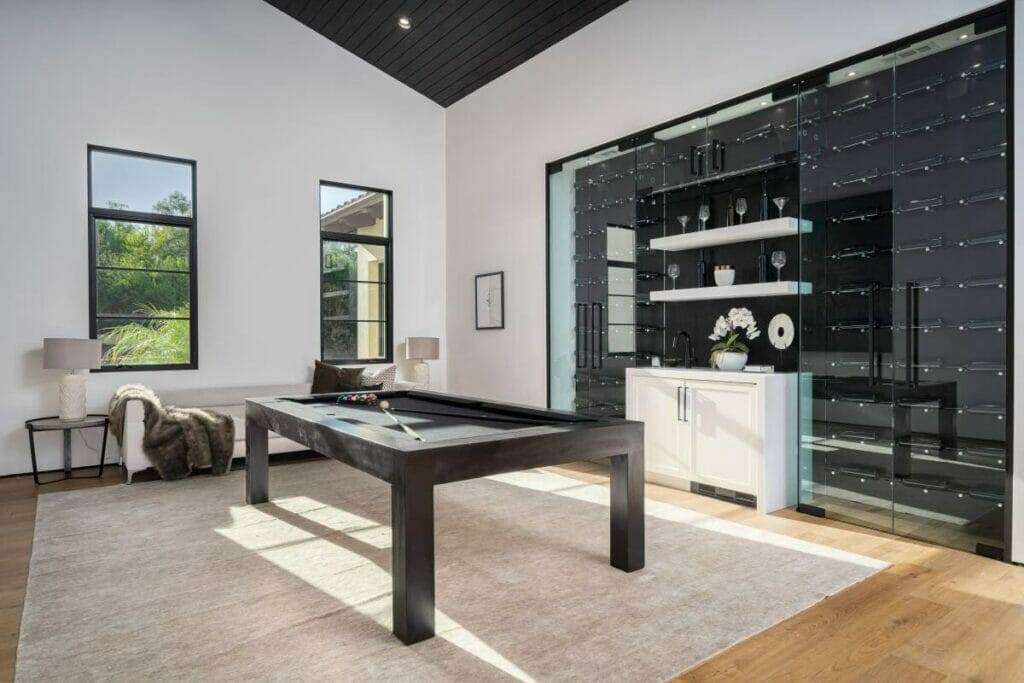
Maintenance and Energy Efficiency Comparison
When selecting the perfect wine refrigeration option, maintenance and energy efficiency play vital roles in long-term satisfaction. Understanding how built-in and stand-alone units compare in these aspects can help you make an informed decision.
Energy Consumption
Energy consumption is one of the key factors to consider for both the wallet and the environment. The operating costs associated with wine refrigerators can vary significantly based on the type, size, and efficiency of the unit.
Energy Usage Insights:
- Built-In Units: Generally, built-in wine refrigeration units are designed with efficient insulation and components, which help maintain optimal temperatures. However, their installation can sometimes affect effectiveness; units installed in poorly ventilated spaces might require more energy as they work harder to regulate internal temperatures.
- Stand-Alone Units: On the other hand, stand-alone wine refrigerators are often more energy-efficient, particularly smaller models. They can be placed in more optimal locations with good airflow, reducing strain on the compressor. Many models now come with energy-efficient certifications, highlighting their eco-friendly operation.
Cost Considerations:
- To evaluate energy costs, consider the unit’s energy rating and wattage. A unit running at a higher wattage may increase your monthly energy bills. Therefore, opting for Energy Star-rated appliances can provide both efficiency and savings.
- Some advanced models feature smart settings or programmable thermostats, allowing users to set optimal temperatures and schedules for use. This functionality can minimize usage during off-peak hours, adding another layer of savings.
Choosing a refrigerator with energy efficiency in mind can lead to significant savings over time, making it an essential factor in your decision-making process.
Maintenance Requirements
Proper maintenance is crucial for the longevity and performance of any wine refrigerator. Understanding the maintenance requirements of built-in and stand-alone models will ensure optimal function and peace of mind.
Maintenance Overview:
- Built-In Refrigerators: These units generally require less frequent maintenance due to their enclosed design. However, proper ventilation is a must. Regularly cleaning the vents and ensuring airflow is unobstructed can help maintain efficiency. Additionally, keeping the interior clean and free of dust will prolong its life.
- Stand-Alone Refrigerators: These units might need more casual upkeep over time. Regular cleaning of shelves and the interior is essential. Unlike built-in models, stand-alone options often have condensate pans that must be emptied periodically to prevent hygiene issues or odors.
Maintenance Tips:
- Routine Checks: Conduct routine checks for ice buildup and compressor function. Noticing changes early on can save lots of trouble down the road.
- Humidity Control: If your wine refrigerator has a humidity control feature, monitor it to ensure it remains within the ideal range to preserve cork integrity.
In summary, both built-in and stand-alone wine refrigerators have unique maintenance and energy consumption differences worth considering. While built-in models may offer aesthetic benefits with potentially lower maintenance, stand-alone units may provide greater energy efficiency and flexibility in upkeep. As wine lovers weigh these pros and cons, the final decision will come together cohesively with their specific needs and lifestyle preferences. In the next section, we’ll summarize essential points and provide closing insights to guide your decision further.


